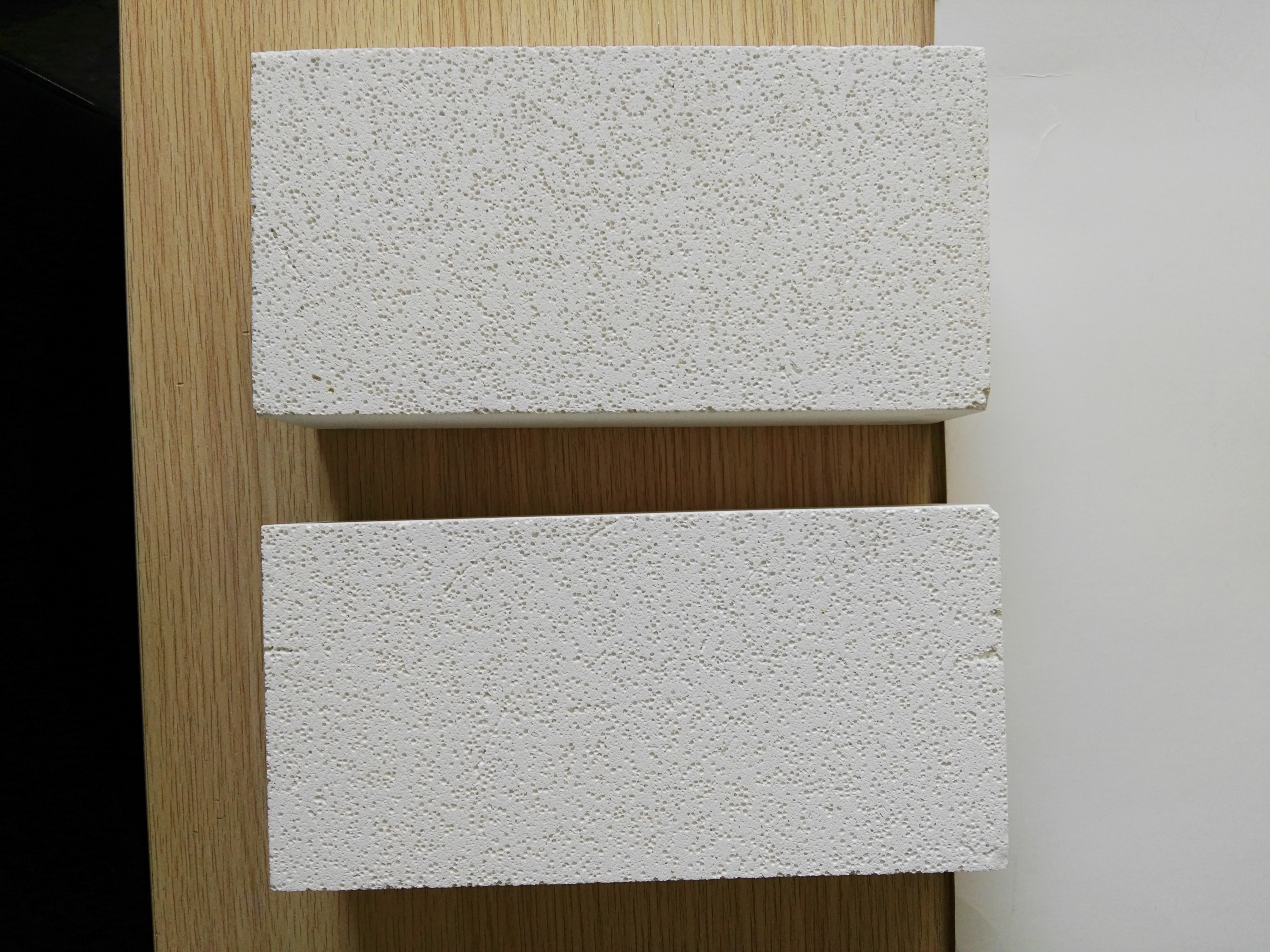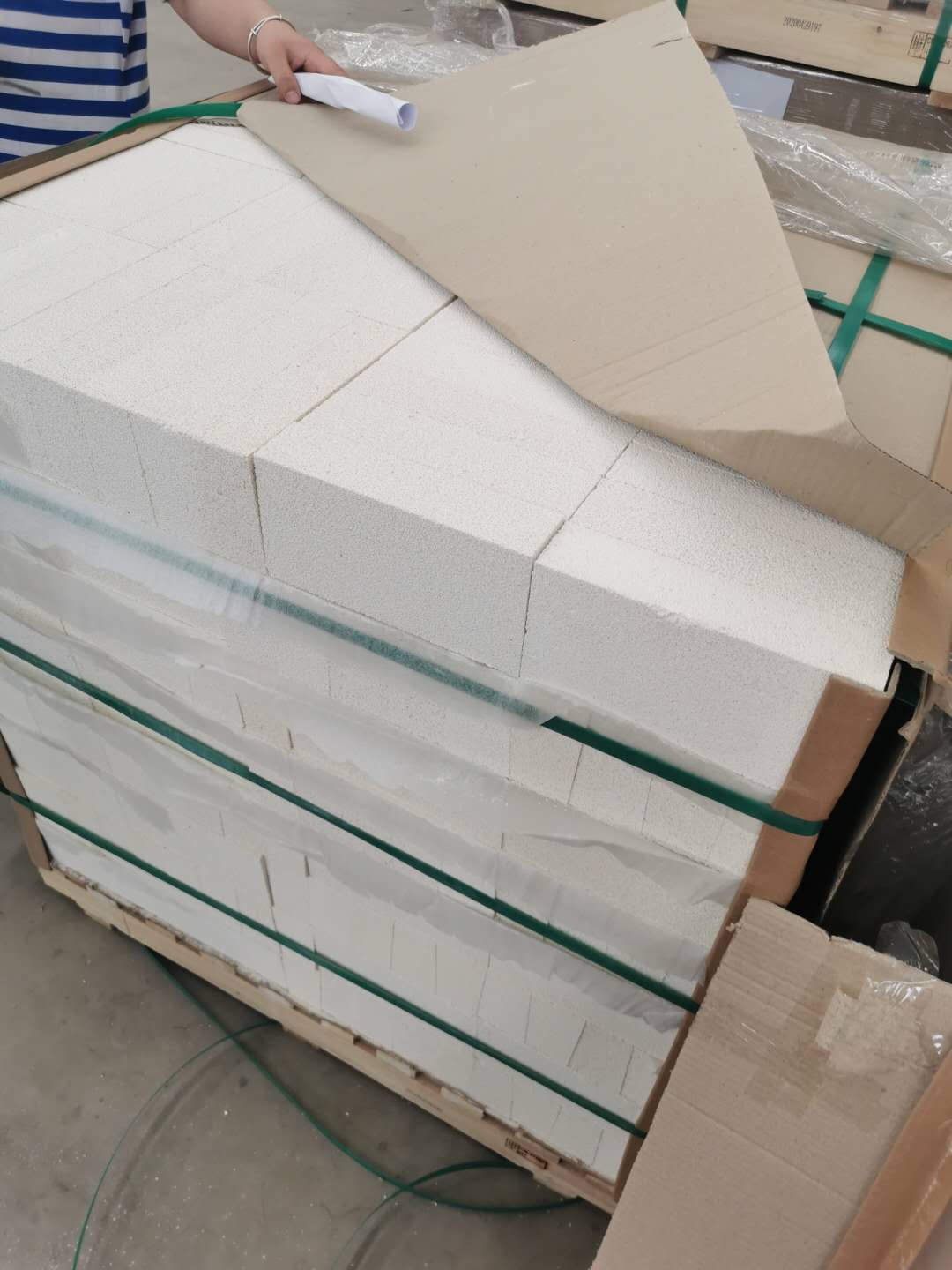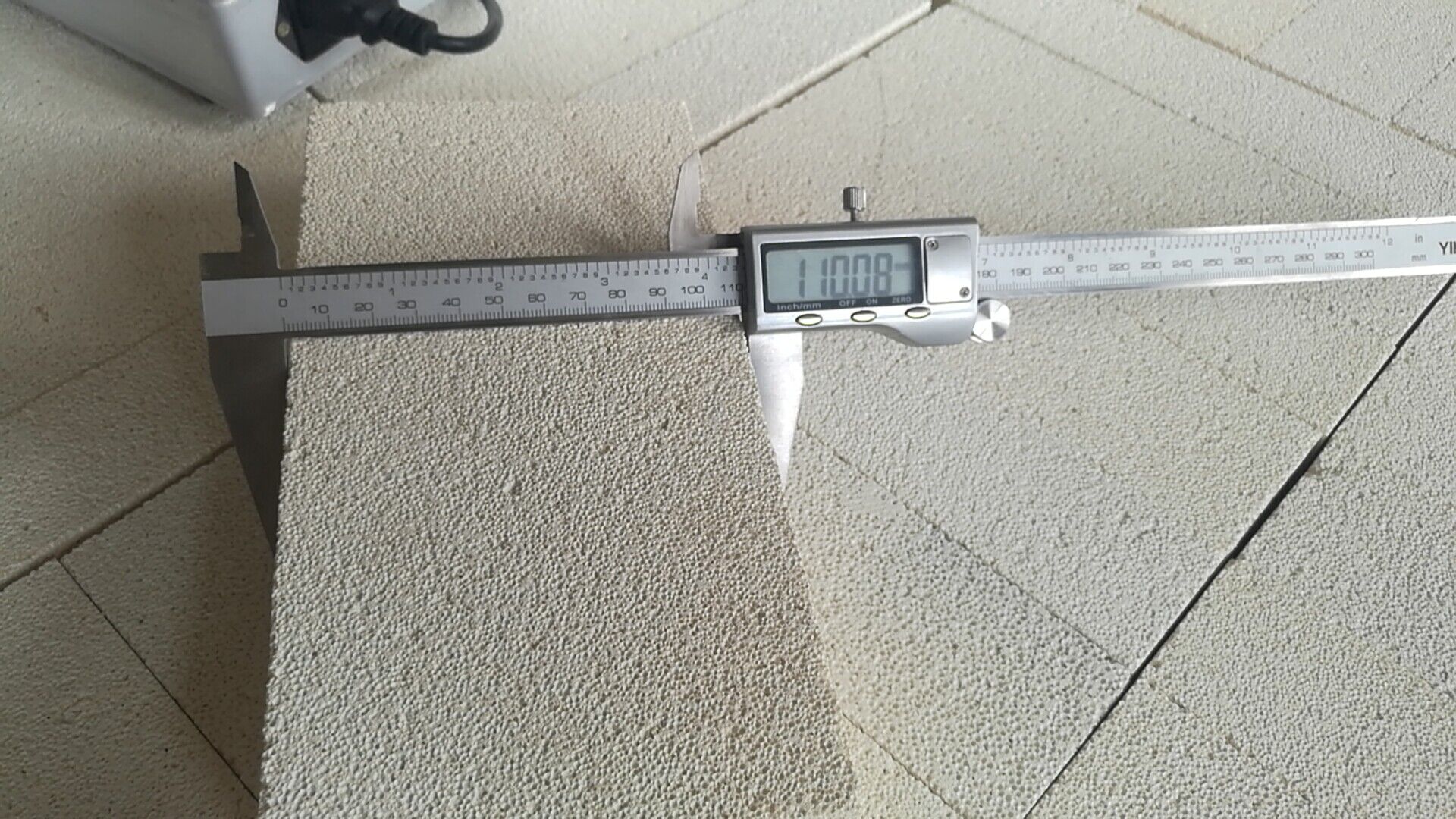Insulating Bricks: The Engineered Solution for Superior High-Temperature Energy Efficiency & Performance
In the demanding world of high-temperature industrial processes – from furnaces and intricate kilns to critical power generation equipment – managing heat is paramount. Excessive energy consumption, inefficient operations, and compromised worker safety are constant challenges. This is where the specialized world of insulating bricks (often called thermal insulation bricks or refractory insulation bricks) steps in as a fundamental engineering solution. More than just passive barriers, these materials are actively engineered components crucial for optimizing thermal performance, enhancing efficiency, and ensuring the longevity of high-temperature installations.
Understanding the Core: What are Insulating Bricks?
At their essence, insulating bricks are a category of lightweight refractory materials specifically designed to possess low thermal conductivity. Unlike dense refractory bricks meant to withstand direct contact with molten metal or slag, the primary function of an insulating firebrick (IFB) is to minimize heat transfer. This is achieved through a unique structure characterized by high porosity – countless tiny air pockets trapped within a ceramic matrix, typically composed of alumina, silica, or a blend of refractory oxides. Air, being a poor conductor, is the key ingredient, making these low-thermal-mass bricks incredibly effective at slowing down the flow of heat.

The Science Behind the Efficiency: Key Composition & Properties
The magic of lightweight refractory bricks lies in their deliberate microstructure. Manufacturers carefully control raw material selection, particle size distribution, and firing processes to create a product with:
Low Thermal Conductivity: The defining property. This means minimal heat escapes through the brick itself, keeping heat where it's needed – inside the furnace, kiln, or boiler – and reducing the thermal load on the outer shell. These are true energy-saving bricks.
Low Heat Storage (Low Thermal Mass): Because they contain less dense material and more air, high-temp insulation bricks absorb significantly less heat energy during warm-up cycles. This translates to faster heating times, reduced fuel consumption during cycling operations, and less heat radiating into the surrounding environment when the process is idling.
Lightweight: Significantly less dense than standard refractory bricks (often 30-50% the density), making them easier and safer to handle, transport, and install. This reduces structural load on support steelwork and simplifies construction.
Adequate Refractoriness: While generally not intended for direct slag or abrasion contact, modern insulating refractories are formulated to withstand substantial operating temperatures, often ranging from 1260°C (2300°F) up to over 1750°C (3182°F) for specialized grades. They provide essential thermal protection to the structural shell behind them.
Chemical Stability: Resistant to attack from most furnace atmospheres (oxidizing, reducing, neutral) within their rated temperature range, ensuring long-term integrity as a heat barrier brick.
A Multitude of Advantages: Why Choose Insulating Bricks?
The benefits of incorporating insulating bricks into your thermal system design or retrofit are extensive and impactful:
Significant Energy Savings: By dramatically reducing heat loss through furnace walls, roofs, and floors, thermal insulation bricks directly lower fuel or energy consumption. This is often the most compelling economic driver, offering rapid payback on investment.
Enhanced Process Efficiency & Control: Faster heat-up and cool-down times due to low thermal mass allow for more responsive process control, quicker batch changes, and improved overall productivity.
Increased Lining Lifespan: Protecting the structural refractory backup or steel shell from excessive temperatures reduces thermal stress and degradation, extending the service life of the entire lining system.
Improved Working Environment: Reduced external shell temperatures significantly lower radiant heat in the workplace, enhancing operator safety and comfort.
Lower Capital Costs: The lightweight nature of lightweight refractory materials can reduce the required structural support, potentially lowering initial construction costs.
Environmental Benefits: Reduced energy consumption directly correlates to lower greenhouse gas emissions, supporting sustainability goals.

Diverse Applications: Where Insulating Bricks Shine
The versatility of insulating firebricks ensures their presence across countless industries:
Metallurgy: Back-up insulation behind dense working linings in blast furnaces, reheating furnaces, soaking pits, ladles, and annealing furnaces.
Ceramics & Glass: Kiln car tops, kiln walls and crowns (especially in intermittent kilns), insulation in glass tank regenerators and forehearths.
Chemical & Petrochemical: Insulation in reformers, crackers, reactors, and boilers operating at high temperatures.
Power Generation: Insulation within boilers (walls, roofs), ducting, and exhaust systems for conventional and waste-to-energy plants.
Cement & Lime: Preheater towers, kiln hoods, and cooler insulation.
Foundries: Furnace back-up linings, pouring spout covers, and ladle covers.
Heat Treatment: Batch and continuous furnaces for annealing, hardening, tempering, and carburizing.
Incinerators: Combustion chamber walls and roofs.
Laboratory & Small Scale: Muffle furnaces, tube furnaces, and bench-top kilns.
Food Industry: Pizza ovens, bakery ovens.
Crucial Considerations: Installation Best Practices
Proper installation is critical to realizing the full benefits of insulating bricks and ensuring their longevity as kiln liner bricks or furnace insulation blocks. Key principles include:

Dry Fitting: Always dry fit bricks before applying mortar to ensure proper fit and minimize cutting.
Mortar Selection: Use ONLY specially formulated insulating firebrick mortar or refractory mortar designed for low thermal conductivity and matching the brick's temperature rating and chemistry. Standard cement mortars are completely unsuitable and will fail catastrophically.
Joint Management: Keep mortar joints thin and consistent (typically 1-3mm). Excess mortar acts as a thermal bridge, compromising insulation. Point joints carefully.
Cutting: Use a sharp masonry saw or specialized refractory saw. Avoid excessive force that could fracture the brick.
Expansion Joints: Incorporate expansion joints as per design specifications to accommodate thermal expansion and prevent cracking. These thermal barrier blocks need room to expand.
Protection from Direct Flame/Slag: Insulating bricks should generally not be used as the hot face lining where exposed to direct flame impingement, chemical attack, severe abrasion, or molten materials. They function best as a backup insulation layer behind a suitable dense refractory working lining or as the hot face only in lower-intensity applications (like certain kiln zones or ovens).
Inquiry Now
Please leave your e-mail and we will contact you as soon as possible
contact us
Your satisfaction is our top priority. Whether you have questions, need support, or want to share feedback, our dedicated team is ready to assist you every step of the way.